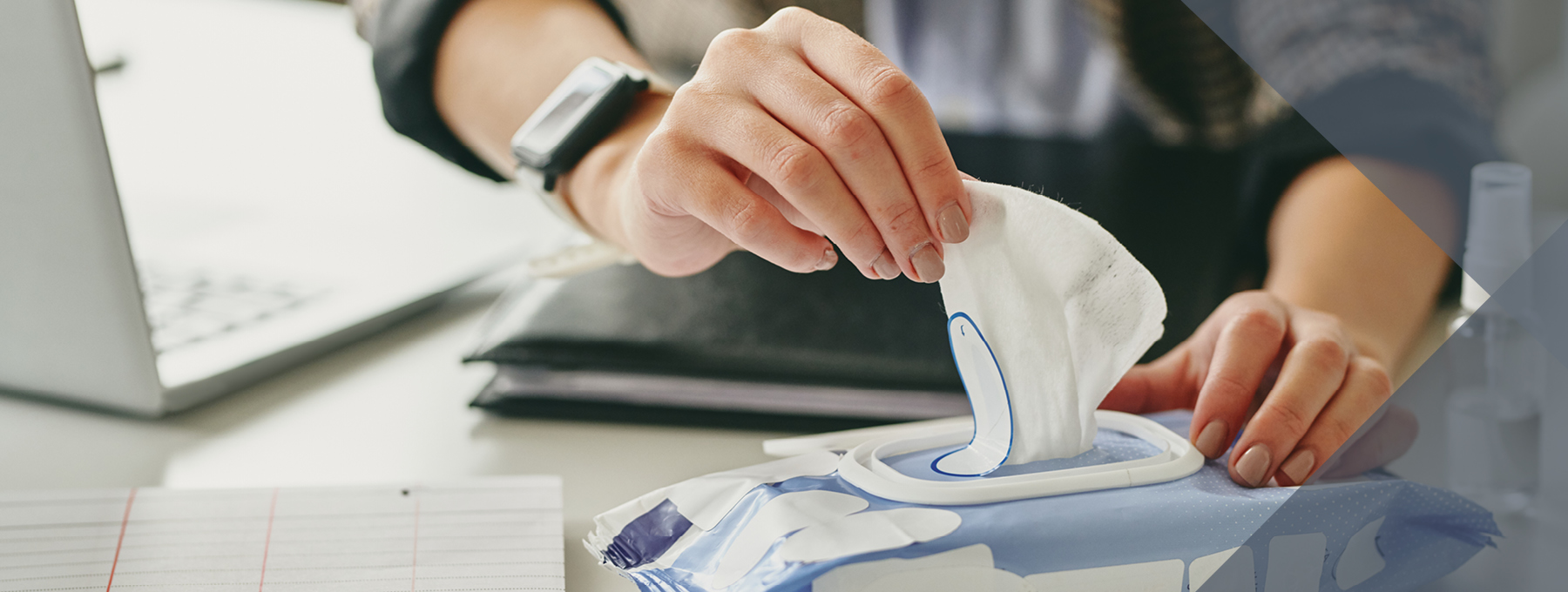Many Questions Await Our Workplace Returns
As states in the U.S. slowly lift shelter-at-home rules and allow some businesses to reopen for customers, many employees have concerns about the transition back to their workplace.
Office workers, restaurant staff, educators, trainers, barbers and others representing thousands of different kinds of jobs face many uncertainties about the return to work. Their workplaces will likely be dramatically changed during this uncertain time – and perhaps forever.
What should people expect? How safe will it be? What should employers tell their employees?
Here are questions to ask and a few tips and observations about returning to the office, or wherever you do your work.
- Most importantly, if you are a supervisor, team leader, department manager, HR chief or CEO, whatever the leadership position you hold, overcommunicate the details of the transition before it happens, as it is happening, and regularly after employees return to the workplace. Has a return date been set? If not, share that information. Is attendance mandatory, or can employees work from home if they prefer? Invite questions and comments to ensure people have all the information available and their concerns have been heard.
- On Day One back in the office, employee training should be in place so workers can review the new safe-at-work guidelines that have been adopted.
- How flexible will your employer be about letting you work from home? Will your workplace policy allow you to continue to work from home at least some of the time? What jobs can and cannot be done remotely? Has that been made clear?
- Learn what new safety measures have been put in place since you were sent home. What additional cleaning activities have been adopted? Are masks required at all times? Who will provide them? What about sanitary gloves? Are they needed? Will adequate supplies of hand sanitizer be available?
- Are desks or tables being reconfigured or partitioned off to address social-distancing concerns? Will they be moved so they don’t face each other? Has the capacity of your workplace (office, diner, call center, supermarket, retail showroom) been limited build in safety? Are there common areas that will create problems for social distancing?
- Will access to shared equipment (desks, phones, printers, other tools) and office amenities (microwave oven, refrigerator, water cooler, etc.) be changed?
- How will meetings be conducted? Will Zoom replace the group gatherings around the conference room table? How will teams interact? Will gatherings be limited to five or 10, depending on space available for six feet of social distancing?
- If you travel for work, what new policies will be in place? Will a two-week quarantine be enforced for employees who return from a trip? How far? Outside the country or to a city that is a COVID-19 hotspot … or just 100 miles away?
- Are the work schedules the same, or will there now be staggered days, shifts and lunch breaks that will spread out the number of employees in the facility at one time?
- Some employers plan to check temperatures of employees at the start of each shift with a no-touch thermometer. If you work for a larger company, you may encounter new temperature-taking systems at the entrance to your workplace. Some of these systems can record the temperatures of up to 40 people at once. Those exhibiting fevers will receive special attention to ensure their safety and safety of others. This does little to identify people who are infected but asymptomatic.
- If your workplace welcomes customers or other third parties (mail carriers, vendors, etc.), what limits will be put on visitors’ access? Do they need face coverings? Should appointments be required? How do you separate visitors from the workforce? How do you prohibit nonessential vendors from dropping in?
- Masks will be commonplace throughout the workforce. Will your company add plastic barriers or shields at between work stations or at registers?
- If someone develops symptoms at work, will you have a response plan in place? How will their absence be viewed – as PTO for illness, medical leave or other option?
- Do you ride an elevator or have a stairway in your daily routine? How will that change? Will there be a passenger limit?
Until the pandemic dies down and a vaccine is developed, there will be plenty of workplace anxiety about the spread of the virus. Who knows what the future of office life will look like. But anything that can reduce the level of angst in the workplace will be appreciated by employees – and will be good for business.



